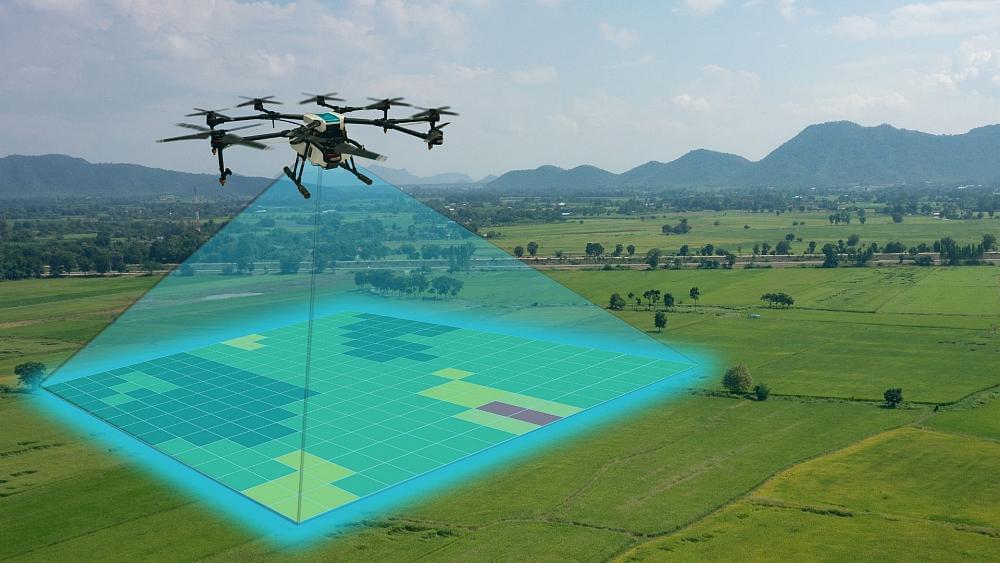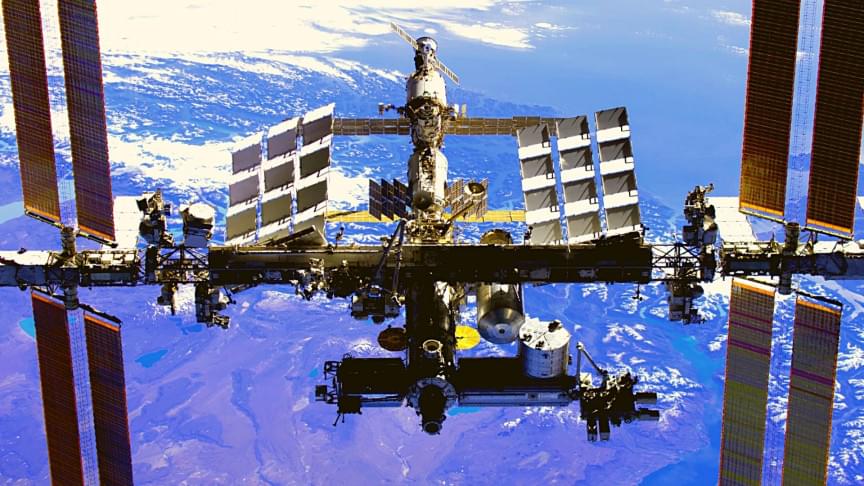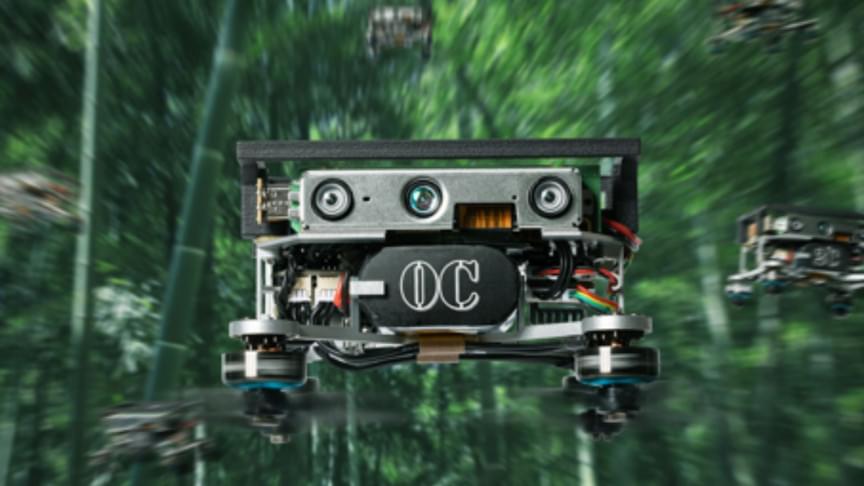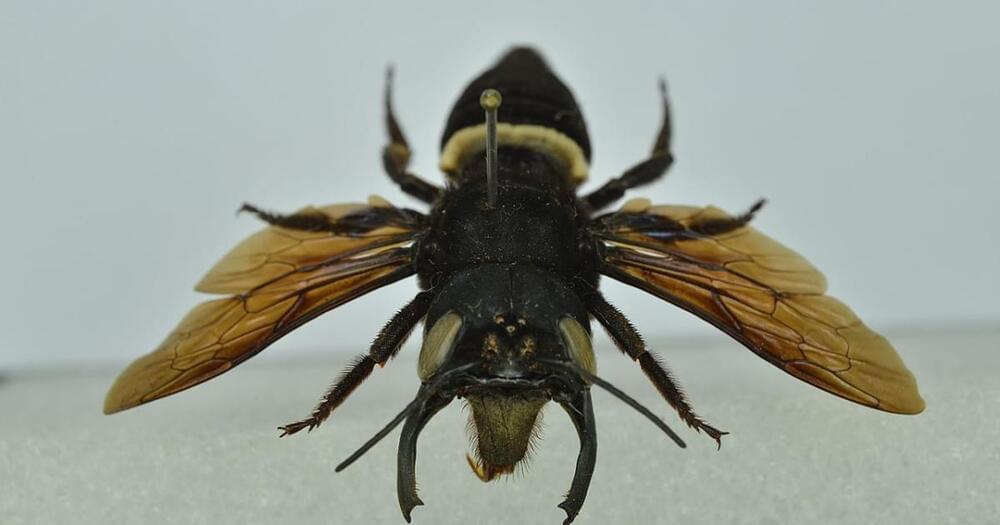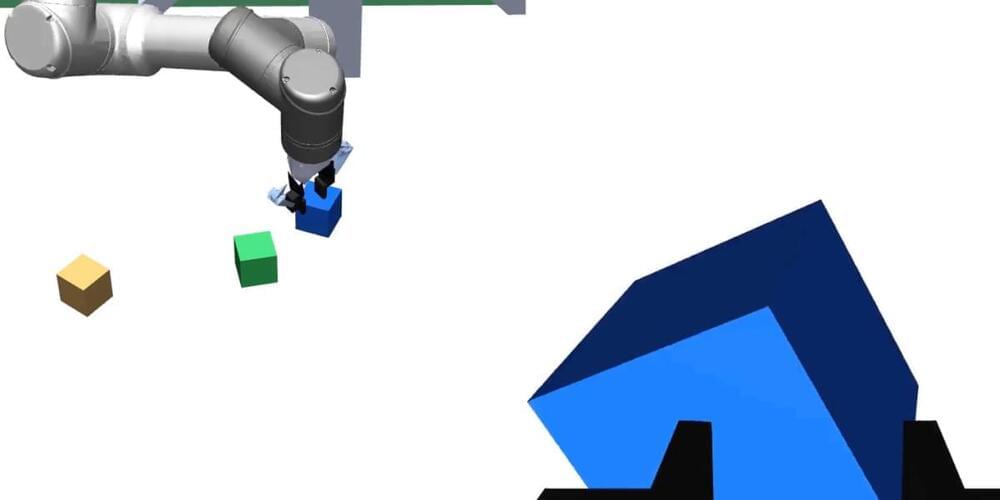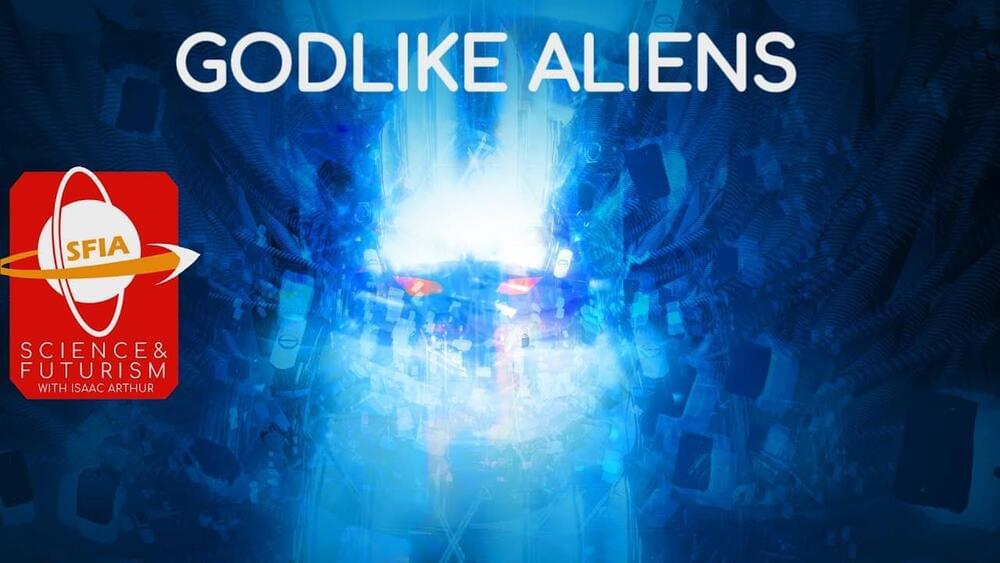That’s 25 times faster, at 80 percent the cost of conventional means.
Combating climate change and biodiversity loss is a complicated matter, causing prolonged and perhaps tedious conversations. But what if there was a cooler way to achieve all that?
Enter Australian start-up AirSeed Technology and their swarms of seed-firing drones that are planting 40,000 trees a day to fight deforestation. The company and its incredible technology were featured Wednesday on * Euro Green News*. drone that can plant 40,000 trees a day could be essential in fighting deforestation.
